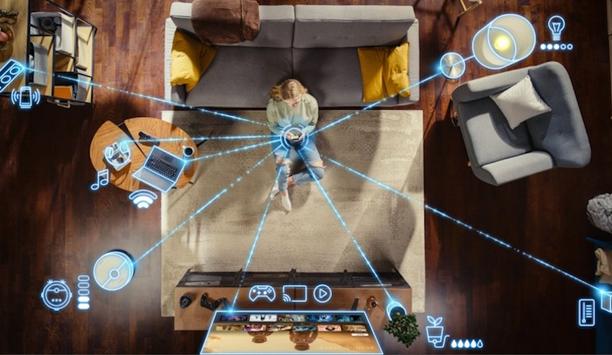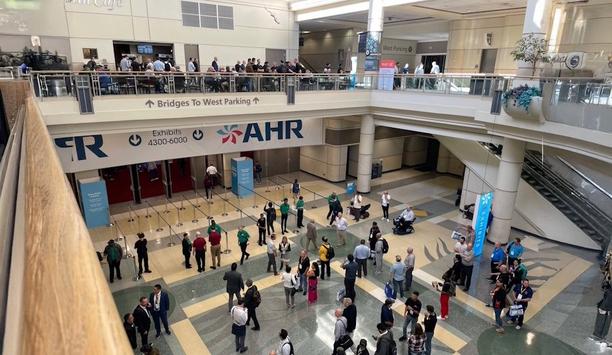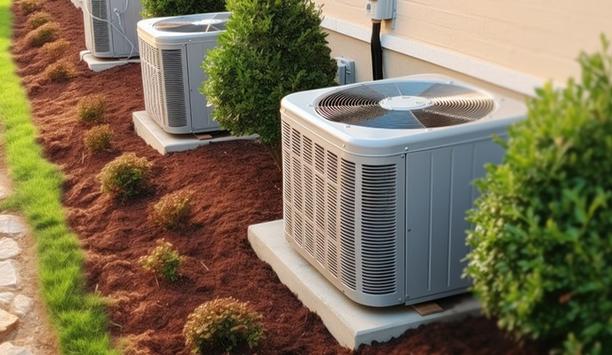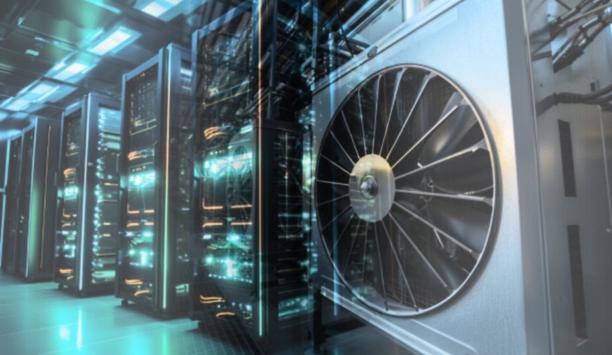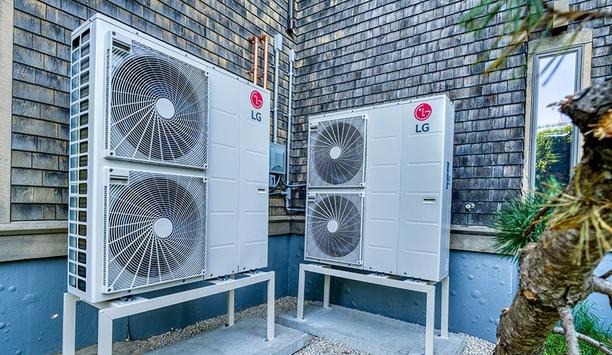Data centers play a pivotal role in supporting the flow of information across our digital economy. However, the transmission of large amounts of data also requires a lot of energy. Viewing data centers as potential heat sources offers an opportunity to use this otherwise wasted heat to warm nearby homes and businesses using technologies like heat pumps and heat networks.
The approach will lower the environmental impact of these buildings filled with computer servers, and it will support the transition to renewable heating as we look toward net zero.
Heat recovery systems
Heat recovery systems are designed to facilitate the re-use of heat energy via technologies like heat pumps
Heat recovery systems are designed to facilitate the re-use of heat energy via technologies like heat pumps and heat networks, says Simon Prichard, EMEA ITC Business Leader, Mitsubishi Electric, within the Living Environmental Systems division.
The heat generated by data centers, usually around 30-35°C (85-90°F), is increased by heat pumps to 70-80°C (160-175°F), making it suitable for heating nearby buildings or supplying hot water.
“However, when choosing which heat recovery approach to go for, it's important to take into account the data center’s size, location, and proximity to the desired reuse location,” says Simon Prichard, adding “These factors determine the most efficient method for heat recovery and distribution.”
Reusing heat from data centers via heat pumps
“Reusing heat from data centers through heat pumps and heat networks drives down costs by reducing the amount of heat going to waste and ultimately increasing energy efficiency,” continues Simon Prichard.
However, Simon Prichard emphasizes these cost benefits must be communicated and outlined clearly to ensure stakeholders are aware. More awareness will, in turn, drive adoption forward.
Wider awareness and adoption
Wider awareness and adoption are already happening with plans for utilizing waste heat within London's district heating networks, notes Prichard.
The scheme uses ejected heat from a data center to power heating demand for nearby homes
A real-life example is Amazon’s Tallaght data center in Dublin, which is the country's first low carbon district heating network. The scheme uses ejected heat from a data center to power heating demand for nearby homes, and peak requests in winter are satisfied by dedicated heat pumps and a heat pump module.
The network is estimated to reduce pollutant emissions in the South Dublin County region by nearly 1,500 tons per year.
Mitsubishi Electric’s CPD-Certified Guide
Mitsubishi Electric’s newly released CPD-Certified Guide aims to educate data center owners, managers and policymakers on the role heat reuse can play in decarbonizing these buildings.
“It provides insight into how we can reduce the carbon footprint of these spaces by viewing them as a source of heat energy, as well as the solutions available and what needs to be considered before making the switch,” says Simon Prichard, adding “In doing so, it aims to support owners and managers in transitioning to heat recovery in their building and reducing the environmental impact of these spaces to support the United Kingdom’s wider journey towards net zero.”
Communicating the benefits of heat reuse in data centers
“Communicating the benefits of heat reuse in data centers can promote greater cooperation from stakeholders – whether that's owners and managers, governments, or manufacturers,” says Simon Prichard.
Raising awareness of the environmental impact of data centers and the role heat recovery can play in reducing that impact can position data centers as part of the solution for a decarbonized future.
Developing heat networks
“Continuing to develop heat networks at the same scale as other European countries will also help make reusing this energy to heat surrounding buildings a reality and put what we see across other countries into practice in the UK,” states Simon Prichard.






